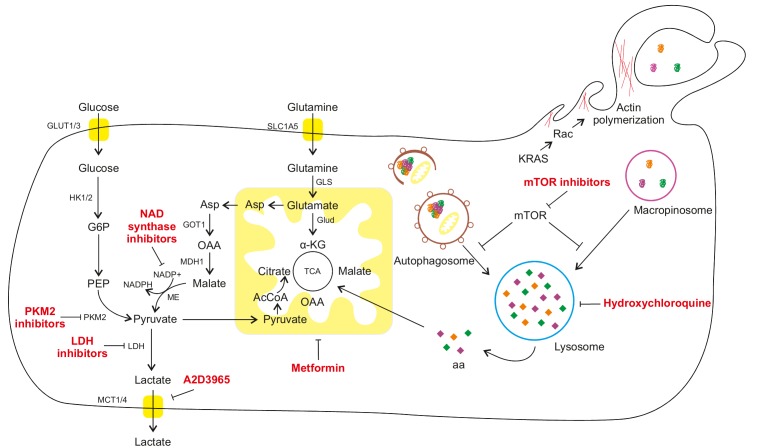Figure 1. FIGURE 1: Macroautophagy and macropinocytosis as pro-survival mechanisms to sustain cancer cell metabolism in a nutrient limiting environment.
Under nutrient rich conditions, cancer cells take up glucose and amino acids through membrane transporters and they can be used to support glycolysis and tricarboxylic acid (TCA), producing ATP and intermediates for anabolic processes. However, PDAC is completely surrounded by a fibrotic barrier, thus limiting the nutrients' delivery to the tumor cells. For this reason, PDAC cells develop two different lysosomal degrading mechanisms. Macroautophagy is a catabolic degradation of damaged cytoplasmic components (organelles and macromolecules), while macropinocytosis is a catabolic degradation of extracellular components previously internalized by the cell. Both mechanisms can produce amino acids and other nutrients that can fuel cell metabolism and sustain survival and proliferation. α-KG: α-ketoglutarate; AcCoA: acetyl coenzyme A; Asp: Aspartate; G6P: glucose-6-phosphate; GOT1: Glutamic-oxaloacetic transaminase 1; GLS: Glutaminase; GLUD: Glutamate Dehydrogenase; GLUT: Glucose Transporter; HK 1/2: hexokinase 1/2; LDH: lactate dehydrogenase; MCT 1/4: Monocarboxylate transporter 1/4; MDH1: Malate Dehydrogenase 1; ME: Malate dehydrogenase; mTOR: mammalian target of rapamycin; NADPH: nicotinamide adenine dinucleotide phosphate; OAA: oxaloacetate; PEP: Phosphoenolpyruvate; PKM2: Pyruvate kinase isozymes M2; SLC1A5: Solute Carrier Family 1, member 5; TCA: tricarboxylic acid.

